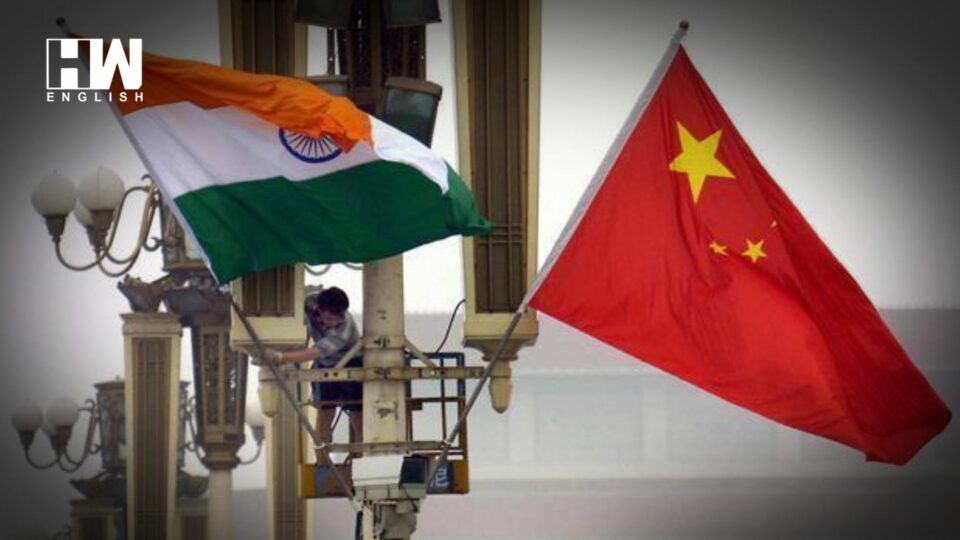The potential of the border trade between India and China, via India’s North-East Region, which has been the ancient silk route, ironically is not part of the mainstream discourse about India and China conflict.
“We would want the Indian Government to revise the capital limit on our exports”, pleads Tenzin Tashi, a Sikkimese trader, who is of the view that statist tendencies of the policy-makers based in the Ministry of Commerce and Trade, New Delhi, intervenes into the earnings of the capital derived from the exports. Presently, the exports value is Rs 2,00,000 per trader. It used to be Rs 25,000 in the year 2006, when the border trade between India and China officially commenced after the surprising conflict (1962).
The border trade between India and China takes place from the month of April to November, every year. Since the climatic conditions are largely unfavourable between December and March, the trade is blocked. Only during the period of 2020-2021, the trade stopped due to covid-19 pandemic. The trade commences via Nathula Pass (Sikkim), Lipulekh Pass (Utarakhand), Shipki La Pass (Himachal Pradesh), and Bumla Pass (Arunachal Pradesh) with TAR (Tibetan Autonomous Region) of China. The local traders from these underdeveloped regions of India benefit a lot, from this trade, and they keep their fingers crossed often, due to the conflictual nature of the India-China relations.
This border trade with China possesses a great potential, only waiting to be tapped. The conventional conversations, as we notice on television or policy readings, are often hijacked by the geopolitical conflicts or the trade deficit between these two Asian giants. India’s North-East region, traditionally, has been aloof from the radar of economic and social development. Infusion of this border trade, in the ongoing discussions, can verily uplift the normal perception of these two nations and their citizens.
“If soldiers are not to cross international boundaries, goods must do so. Unless the shackles can be dropped from trade, bombs will be dropped from the sky.” — Otto T Mallery, author of “Economic Union and Durable Peace”. This quote emphasises the significance of trade at the cost of war. No doubt when it comes to money, all are of the same religion. But it is important to realize that trade relations often dissuade tensions like war or conflicts on the macrocosm level. Border trade between India and China is the highest at NathuLa Pass in Sikkim.
Yet, its true potential has not been used. It was estimated in 2005 by a study group that this trade would fetch India Rs. 353 crore (2010) and Rs. 573 crore (2020). But in 2016, the trading value was only around Rs. 63 crore (exports) and Rs. 19 crore (imports). The Indian government needs to do a lot more to help its traders if China does not walk away with the goodies.
The Doklam issue (2017) may have been an egotistical conflict between both countries, but it received a huge setback for the traders of both sides. Indian traders could accumulate Rs. 7 crores in exports and Rs. 1 crore in imports that year. By 2019, when the border tensions had diffused, there was a spike in the value of exports (Rs. 40 crore) and imports (Rs. 3 crore).
As of today, through these border trade dynamics with China, India can export 36 items and can import 20 items. A few traders even exchange goods informally using local currencies (instead of dollar), because one cannot stop the spirit of entrepreneurship for too long, at this region of NathuLa Pass, which is above 14,300 ft. sea level.
Presently, 600 traders are registered to trade here. Many are the locals with their intergenerational roots from Nepal, Sikkim, and Tibet. They have to renew their trade license, every year, before the trade commencement, while many of them are ancestrally into this business of border trade. A few of them are yak riders and taxi drivers, since this region is also boosted by the tourism. The goods that they trade are also sold across India.
To renew this license is also a Kafkaesque activity. A trader, on the condition of anonymity, tells me, “The license renewal is a little hectic activity. But, our priority is the development of infrastructure. Despite the license, I do not feel spiritually complete to trade because the infrastructure on the Indian side to warehouse the goods is not adequate. Whereas, on the Chinese side, it’s better!”
In this trade, on observation, the traders are mostly male. Lack of female representation, on the Indian side, needs a critical reflection, and it is high time that the Indian government offer libertarian policies or openness for the Indian traders to aggressively pursue the trade orientation with sound incentives and proper methods.
Dr Jaimine Vaishnav, Assistant Professor at Atlas SkillTech University, Mumbai, is the author of this article. He writes on economics, politics, media, and mental health.
As an independent media platform, we do not take advertisements from governments and corporate houses. It is you, our readers, who have supported us on our journey to do honest and unbiased journalism. Please contribute, so that we can continue to do the same in future.

